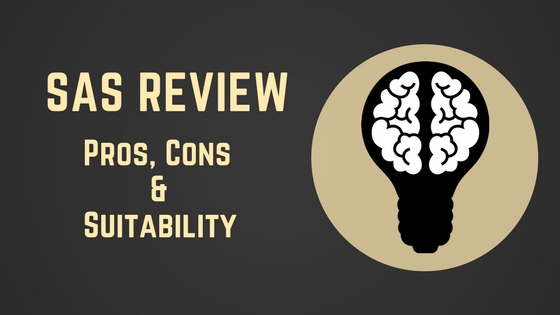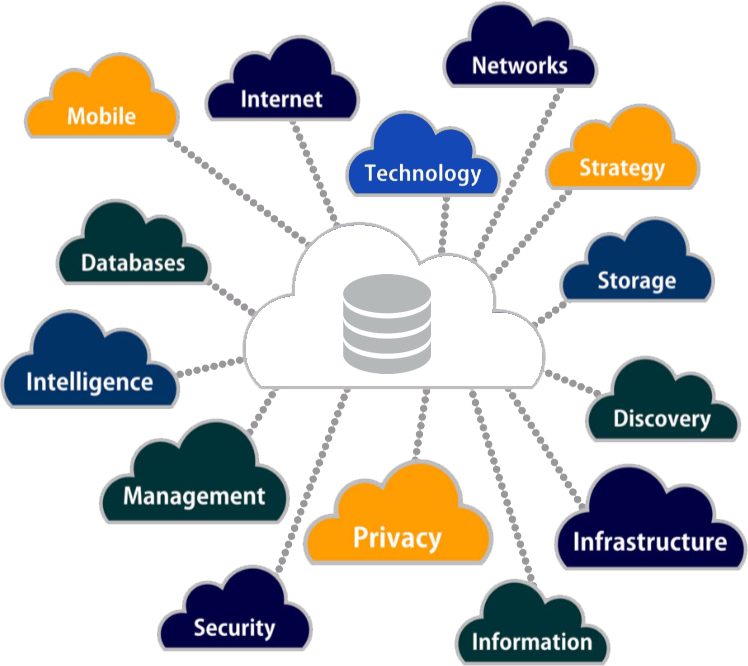SAS Review - What is it, Pros, Cons, and Suitability
SAS (Statistical Analysis Systems) is a product suite created by SAS Institute that performs multivariate investigations, advanced analytics, data...
5 min read
Preetisha Dayal : May 14, 2018 12:00:00 AM

Big Data Management is the efficient handling, organization or use of large volumes of structured and unstructured data which belongs to the organization. It offers the company to know its customers better, develop new products and make significant financial decisions based on the investigation of large amounts of corporate data.

Talking about management it is quite a wide process which comprises of the policies, actions, and technology which are used for the compilation, storage, governance, organization, administration, and release of large repositories of data. Even it consists of data cleansing, migration, integration, and preparation for use in reporting and analytics.
It is commonly linked to the plan of Data Lifecycle Management (DLM). For finding out which information should be stored, where a policy-based approach is applied within an organization's IT environment, as well as at what moment the data can delete without any risk.
For management purpose people with many diverse job titles may be involved in a typical enterprise. They may consist of Chief Data Officer (CDO), Chief Information Officer (CIO), Data Managers, Database Administrators, Data Architects, Data Modelers, Data Scientists, Data Warehouse Managers, Data Warehouse Analysts, Business analysts, Developers and others.
Did the content already got your grip? Then grab a fresh copy right here.
There are various processes that follow and are explained below for the further clarification.
Having data management for organizations is crucial as there are certain benefits to it. They are:-
1. Increase in revenue:
In Experian study, 61 percent of those surveyed said their data management efforts were a great aid for the organization in increasing there revenue. In addition, 82 percent said particularly that data quality solutions actually help in increasing revenues.
Improved customer service was the second-most-common benefit is in the same study which is cited by 56 percent of respondents. And in the second kind of survey that is IDG Survey, the number one business objective of big data initiatives was customer service with 55 percent of respondents selecting it as a top goal.
Though it is not a usual benefit as sales and customer service, marketing also sees a rise from data management. Experian found that 39 percent of respondents said data management enhanced their marketing efforts, and an enormous 85 percent said they saw "improvements in sensible and modified customer communications" as a result of data quality schemes.
According to the Experian survey, 57 percent of those surveyed said keeping high-quality contact data assisted them to amplify efficiency. And the 2017 MIT Sloan Management Review report "Analytics as a Source of Business Innovation", which was sponsored by SAS, found that some consumers expected millions of dollars per year incompetence gains as a consequence of big data projects.
A total of 38 percent of those who took part in the Experian study experienced cost saving. Correspondingly, in the NewVantage survey, 49.2 percent of those reviewed said their big data efforts had assisted them to decrease expenses.
Anecdotally, organizations have stated when the firms have more confidence in their data it rises their innovation and motivates them to make new applications. In the NewVantage survey, 64.5 percent of executives surveyed said they were looking too big data to create new avenues for innovation, and 44.3 percent had achieved some success in this area.
The most important advantage of data management practices is that it raises the correctness and reliability of big data analytics. Good data coming into the analytics solution makes the organization appropriate for quality business insights coming out of the explanation.
According to the report of MIT, 57 percent of organizations using analytics reported a reasonable advantage. Quality big data management exercise allows that analytics, which in turn permit the companies to break their peers.
How can the Data management challenges be overcome by the organization and maximize the advantage from their efforts? Several best practices are recommended by the experts. They are:-
![]()
When we talk about technology, organizations have a number of diverse types of data management solutions to choose from. Vendors offer a range of standalone or multi-featured data management tools, and many organizations use multiple tools. Some of the most frequent types of big data management capabilities consist of the following:
Got a Big Data project in head? Then reach out to us for a free consultation.

SAS (Statistical Analysis Systems) is a product suite created by SAS Institute that performs multivariate investigations, advanced analytics, data...

Big Data describes extremely large volumes of data (both structured and unstructured) that upon analysis can reveal patterns, associations, and...
A group of large data sets that cannot be processed using traditional computing techniques is known a Big Data. In the processing of Big Data...